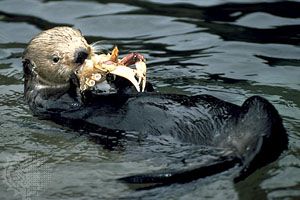Uncategorized
Otter – Conservation, Classification, Habitats – Britannica
Our editors will review what you’ve submitted and determine whether to revise the article.
Nearly all species of otters face increasing threats as urbanization and logging continue. North American river otters (L. canadensis) are still taken as part of the commercial fur trade, but the primary threats to others are the destruction of wetland habitats and pollution. Heavy metals and contaminants such as mercury and PCBs accumulate in otter tissues and in time impair both reproduction and survival. Pollution also affects fish populations on which otters often depend. Conservation of remaining wetlands and restoration of water quality are currently the most important steps toward ensuring the future of otters.
According to the International Union for Conservation of Nature and Natural Resources (IUCN), about half of all otter species are threatened. The IUCN lists five species—the giant otter, marine otter, and southern river otter (Lontra provocax) of South America, the sea otter of North America, and the hairy-nosed otter (Lutra sumatrana) of Asia—as endangered and two—the short-clawed otter (Aonyx cinereus) and smooth-coated otter (Lutrogale perspicillata)—as vulnerable.
Most authorities maintain that 13 species of otters make up the subfamily Lutrinae. The status of the Congo clawless otter (Aonyx congicus) remains a subject of debate. Some researchers consider the animal to be a subspecies of the African small-clawed otter (A. capensis) and hence give it the taxonomic name A. capensis congicus. Most authorities claim, however, that the Congo clawless otter is a valid species and have given it the taxonomic name A. congicus. The classification below assumes that Lutrinae is made up of 13 species.

